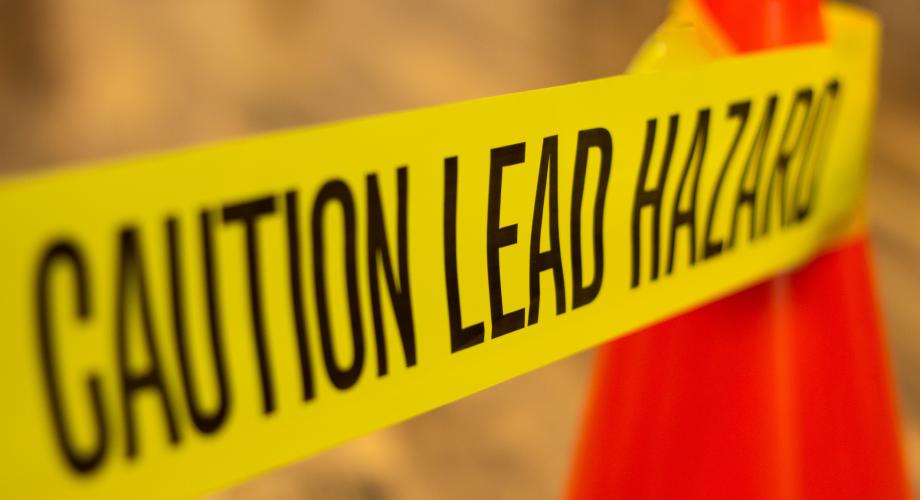The Department of Housing and Urban Affairs (HUD) has updated the Lead Safe Housing Rule (LSHR) to reflect the advice of the Centers for Disease Control and Prevention (CDC) with regard to children’s blood lead levels for all federally assisted housing. The revised rule adopts a lower threshold for children’s blood lead levels, dropping the lead level that requires action by apartment owners from 10 ug/dl to 5 ug/dll. Under the rule, children with an elevated blood lead level of 5 ug/dl, housing providers are required to perform a series of interventions, including notifying the HUD field office and the Office of Lead Hazard Control and Healthy Homes and performing a risk inspection of the child’s housing unit and the common areas serving it. It is no longer sufficient to visually inspect these areas for deteriorated paint; under the updated rule a certified risk assessor must make the determination regarding the presence of potential lead hazards.
The rule also provides HUD the authority to recalibrate this level based on national survey data. This new level matches that recommended by the CDC which describes levels in excess of this amount as “elevated blood lead levels” (EBLL). While the LSHR applies to all federally owned and assisted housing built prior to 1978; the requirements vary per program, including which party or individual is responsible for various activities. Lead hazards have always been defined as deteriorated paint and dust and soil that contain lead. Any lead hazards that are identified must be remediated using established HUD protocols and clearance testing is required. If lead hazards are found in the course of the risk assessment, HUD requires that other units on the property in which children under six years of age reside or are expected to reside be inspected for potential lead hazards.
HUD initially proposed extending the duties of the property owner to evaluate and control of all sources of lead for a child with an elevated blood lead level, however this was not included in the final rule. In a comment letter, NAA/NMHC objected to the implication that property owners should be responsible for municipally supplied water as this has been identified as a source of lead exposure or other household items not under the control of the property owner.
HUD has indicated that they are working on compliance assistance tools for the regulated community however these materials are not yet available. The rule will have a six-month phase-in period and a compliance date of July 13, 2017.
Provided by NMHC as part of the NAA/NMHC Joint Legislative Program
